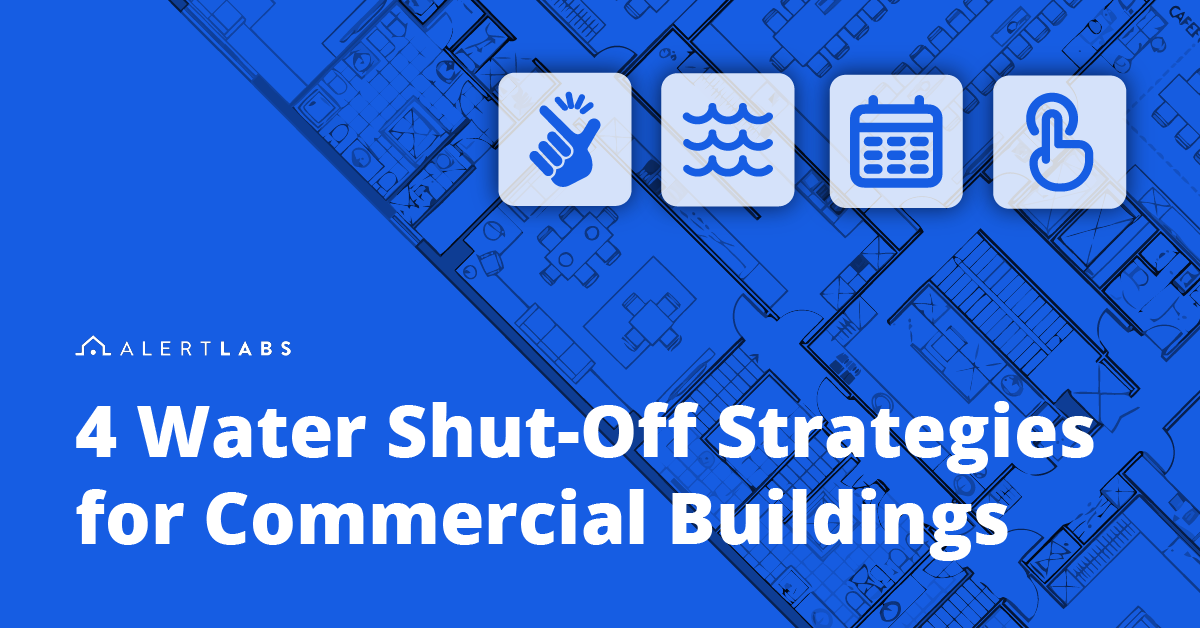How Smart A/C Monitoring Can Help Solve The HVAC Technician Shortage

The summers of 2021 and 1936 were the warmest on record. The key difference for HVAC businesses is that, in 1936, pretty much only the White House and some movie theatres were air conditioned. A mere 86 years later, in 2022, over 100 million American homes (87%) now have A/C.
Today, there is huge demand for new A/C system installs and service repairs—especially during the summer months. And though the hot weather and the popularity of air conditioning should create favorable conditions for HVAC business growth, there is one specific complication making it harder to succeed—the growing HVAC technician shortage.
THE GROWING HVAC TECHNICIAN SHORTAGE
Presently, there are 80,000 unfilled HVAC technician positions according to Rob Falke, president of the National Comfort Institute. And 20,000 technicians retire or opt out of HVAC each year. These trends mean that the tech shortage is going from bad to worse.
Some proposed solutions for HVAC business owners are training more techs and offering better work perks. But many of these efforts take a significant investment of time and resources before they take effect and make a noticeable impact. The good news is there is a readily available smart technology solution that is designed to help HVAC businesses meet the immediate demands of A/C owners today. The solution is smart A/C monitoring.

WHAT IS SMART A/C MONITORING?
Smart A/C monitoring involves using cellular-connected smart sensors to receive instant alerts and diagnostic information about a customer’s A/C system. The alerts and information which are sent to the HVAC tech’s smartphone include important data such as superheat and subcooling, amperage, float switch activation status, and the current humidity level in a customer’s home.
But how does smart A/C monitoring help with the HVAC tech shortage? It helps, in fact, in 4 major ways:
1. REMOTELY VERIFY A/C INSTALLS AND REPAIRS
Brand reputation is important in the HVAC industry, and businesses go to great lengths to ensure service quality and that their work is done right. Some businesses will roll a truck just a few days after every install to verify there are no problems with new units. Each of these truck rolls is important because it helps preserve overall brand reputation, and keep customer online reviews positive. But when you consider the current HVAC tech shortage, these extra visits use up a scarce resource: HVAC technician’s time. Instead, techs could be spending their time expanding the client base and improving the bottom line.
Smart A/C monitoring saves time by allowing HVAC business owners and their teams to remotely view customers' systems wherever they are, ensuring all A/C equipment is performing properly 24/7. A check up service call that is done in-person can take up to 2 hours, including transportation time. With smart A/C monitoring, a check up call done remotely, only takes a few minutes, and can be done from anywhere on a phone or computer. Remote verification and monitoring means techs have more time during those jam-packed service call summer days.

2. DIAGNOSE AND TROUBLESHOOT FASTER
Most service calls involve spending more time getting to the site and preparing tools than actually troubleshooting. While on site, there is a chance that the problem won’t even show up which can lead to repeat visits for the same problem.
With smart A/C monitoring, the entire history of an A/C system’s performance is viewable at any time on your phone or computer. And the clear and comprehensive information that is displayed on a user friendly dashboard allows for faster diagnosis and troubleshooting of the real root problem. Senior technicians can even coach and train junior techs to pinpoint issues more precisely. The whole team can see the same information and collaborate from anywhere in real-time.
3. REDUCE NUISANCE CALLS
About 15% to 25% of residential service calls are due to an A/C system shutting down because a condensate switch was activated. While potentially valuable to the customer, these service calls can eat up a lot of time for technicians, as well as reduce service levels and productivity, by taking senior techs away from the jobs that require their more specialized skill set.
Smart float switch alert systems or smart condensate switches can alert HVAC businesses to these problems allowing the right tech to be dispatched for the call.

4. SMARTER SCHEDULING
Most HVAC businesses respond to an A/C problem only after a customer calls to tell them about it. This reactive approach can lead to business problems like high operating costs due to overtime pay, inefficient scheduling, or delays in responding to customer calls.
Proactive service is possible with smart A/C monitoring because trends in A/C performance can be identified and flagged before they cause systems to shutdown or parts to burn out. Knowing in advance which systems are likely to break means that repair visits can be scheduled during regular business hours and not at 9 p.m. after a customer’s unit breaks down unexpectedly. Or worse, the repair visit never gets scheduled because the customer called someone else. Delivering proactive customer service and being the first to know about potential system issues helps to increase referrals and retain customers over the long term.

Being able to see an entire customer database with green check marks indicating that all systems are operating normally provides HVAC businesses with invaluable visibility into the health of the systems they service, and gives individual homeowners peace of mind knowing they are in good hands with their HVAC service provider
From remotely verifying repairs and installs to faster service calls that maintain high standards of service, smart A/C monitoring helps HVAC businesses manage the HVAC technician shortage–no matter what the season.




